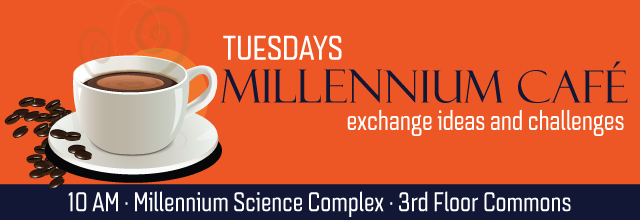
Through my research on molecular motors, I have collaborated on NIH-funded projects with cell biologists, physicists, electrical engineers, materials scientists, and mathematicians. These successful collaborations all shared traits of a) the need to overcome communication barriers, b) having complementary areas of expertise and a mutually beneficial relationship, and c) addressing an important and timely problem. Using examples of successful grants, rejected grants, and reviewing grants, I will endeavor to provide a roadmap for cross-disciplinary collaborations that are enthusiastically received by NIH study sections.
